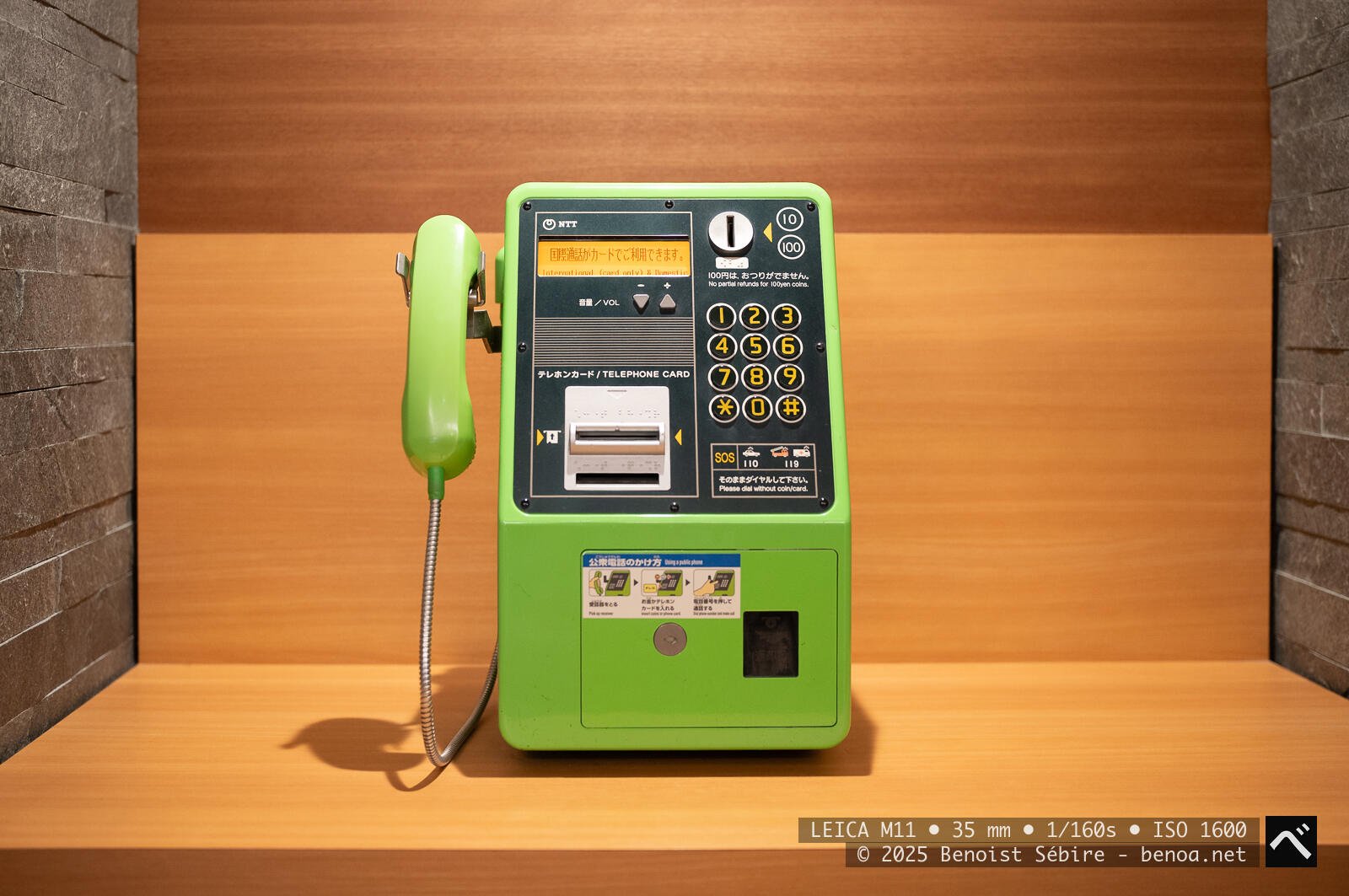NTT Green Phones

NTT green public phones remain a common sight in Japan due to a unique blend of cultural habits, practical needs, and disaster preparedness. Though they might seem outdated in an age dominated by smartphones and wireless communication, these payphones serve an essential role, particularly in emergencies. Japan is a country prone to natural disasters such as earthquakes, typhoons, and tsunamis. In the aftermath of events like the 2011 Tōhoku earthquake, mobile networks were often overloaded or knocked offline, leaving landline-based public phones as one of the few reliable ways to communicate. Because of this, green phones are considered part of Japan’s emergency infrastructure and are legally required to be maintained as part of the country’s universal telecommunications service obligations.
The phones are also designed to function even during power outages, often operating on independent backup power or using solar panels. This resilience makes them invaluable in crisis situations, especially when cellular devices may be useless. As a result, they are strategically placed in evacuation centers, public buildings, schools, and train stations. They continue to be maintained by NTT and prioritized for restoration in the event of outages. Their continued presence is not about nostalgia—though they do have a certain retro charm—but about being prepared for moments when digital systems fail.
Beyond emergencies, these phones still serve practical purposes for specific groups. Japan has a large elderly population, many of whom either do not own smartphones or prefer using devices they have relied on for decades. Public phones are easy to use, require no digital literacy, and offer a tactile, straightforward way to make calls. Children also use them—many Japanese schools are equipped with public phones so that students without personal phones can contact their families. Parents often teach their children how to use them, not just as a means of communication, but as a safety net if they ever become lost or separated.
Although the number of public phones in Japan has been steadily decreasing from its peak in the 1990s, the green phones endure because they fill a gap that smartphones can’t. Their reliability in emergencies, legal protections, and continued social relevance make them more than just relics. They are quiet, dependable fixtures in Japan’s highly organized and disaster-conscious public landscape—always there, even if rarely used, waiting for the day they’re needed most.